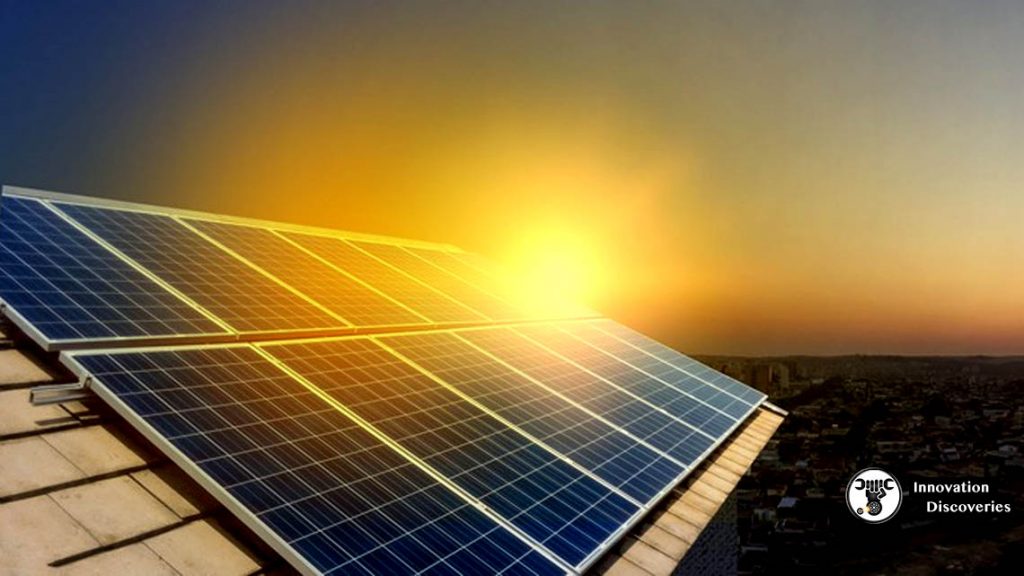
Conventional silicon-based solar cells come with an absolute limit for the overall efficiency. In theory, a single photon of light should only be able to make a single electron become loose, even if the photon has double the energy required to do so. However, researchers have come up with a new technique that can help them to knock out two electrons instead of one using high-energy photons.
These findings have already been published in journal Nature and have paved the way for a more efficient form of solar power. Conventional silicon power cells offer an absolute theoretical maximum efficiency of almost 29.1% conversion of solar energy. The new approach that has been developed over the course of years by researchers hailing from MIT and other organizations will be able to surpass this limit.
Marc Baldo, professor of electrical engineering and computer science on the project, said in a press release that the key to knocking out two electrons using one photon had been derived from a materials’ class that possesses ‘excited states’ known as excitons.
He said, ‘these packets of energy propagate around like the electrons in a circuit. You can use them to change energy — you can cut them in half, you can combine them.
The researchers executed a process that is known as singlet exciton fission first. This enables the photons in sunlight to be split into two separate and independently moving energy packets. The material absorbs a photon and forms an exciton that undergoes fission into two excited states.
Each one possesses half of the energy from the original state. The real feat pulled off by the scientists was that they were able to couple that energy into silicon – a material that is most definitely no excitonic. This was achieved by adding a thin intermediate layer of hafnium oxynitride onto the surface of the silicone. The said layer measures only a few atoms in thickness.
It served as a ‘nice bridge’ for the excited states, according to Baldo. It made it possible for the individual high energy photon to knock out two electrons in the silicon cell. This allows the team, in theory, to achieve higher output from the energy that is being received from the sunlight. The new theoretical power produced by the solar cell stands at 35% now.
There is one step left for the researchers, according to Baldo, ‘We still need to optimize the silicon cells for this process.’ The team needs to work on stabilization of the batteries in terms of durability and optimizing them to be compatible with the new method.
What do you think of this amazing breakthrough?
Video link – https://youtu.be/4pz1k65BIZI
Subscribe For more Videos – https://bit.ly/2Y11kEH





